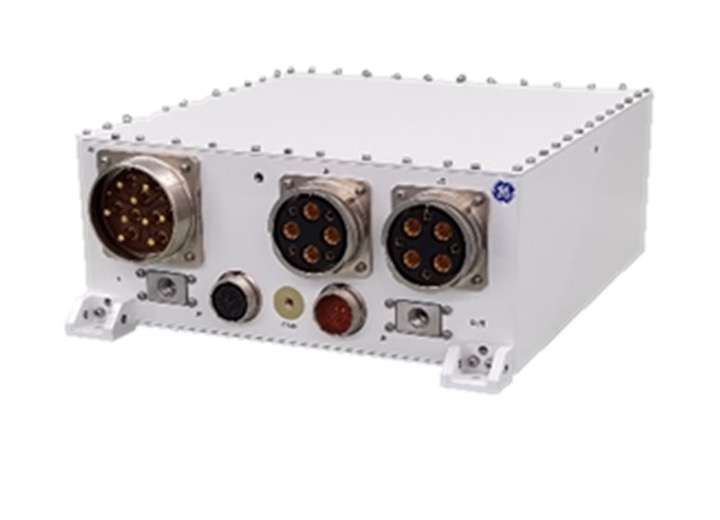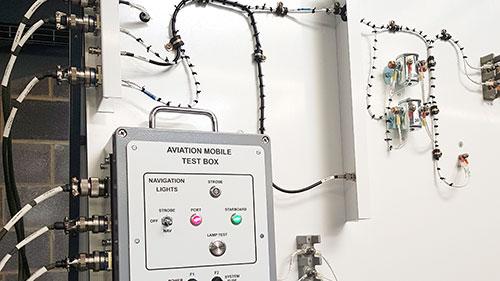Aviation
Electrical & Instrumentation
Except for the simplest aircraft designs, an electrical system is a crucial and vital part of any aircraft. Between a light, piston-powered, single-engine general aviation aircraft and a contemporary, multi-engine commercial jet aircraft, there are significant differences in electrical system capacity and complexity. Nevertheless, the electrical systems for aircraft at both extremes of complexity contain a lot of the same fundamental parts.There are parts that can produce electricity in any airplane electrical system. Generators or alternators are employed, depending on the aircraft, to generate electricity. These are typically engine-driven but can also be APU, hydraulic, or Ram Air Turbine-powered (RAT). The output of a generator is typically 115–120V/400HZ AC, 28V DC, or 14V DC. It is possible to use generator power straight away or to change the voltage or type of current by passing it through transformers, rectifiers, or inverters. The output of the generator will typically be sent to one or more distribution buses. Individual components are powered from the bus with circuit protection provided by wiring-integrated circuit breakers or fuses. The airplane battery is additionally charged using the generator output (s). Batteries are typically either NICAD or lead-acid kinds, though lithium batteries are increasingly widespread. They are used to start up airplanes as well as provide as a backup power supply in the event that a generation or distribution system fails.
Some single-engine aircraft are not equipped with an electrical system. The piston engine is outfitted with a self-powered Magneto ignition system, and the fuel tank is positioned so that it will gravity feed the engine. The engine is started using a flywheel and crank arrangement or by “hand-proping” it. An electrical system is required if an electric starter, lights, electric flight instruments, navigation aids, or radios are desired. The system will most likely be DC powered, with a single distribution bus, a single battery, and a single engine-driven generator or alternator. Provisions, in the form of an on/off switch, will be included to allow the battery to be isolated from the power supply.




